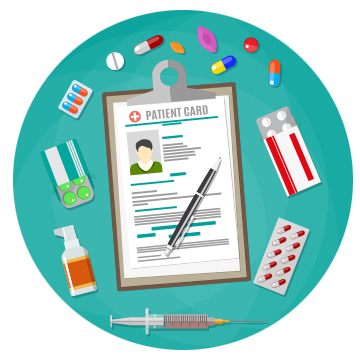Module 2: Basic Pharmacology of Controlled Drugs and Substances
Lesson 1
Benzodiazepines – Common adverse effects
The pharmacodynamics and pharmacokinetics of this class of drugs is responsible for the common adverse effects experienced.
The most common adverse effects reported are dose-dependent central nervous system effects. Ataxia, dizziness, lightheadedness, drowsiness, and fatigue are common in the first few days of therapy and may decrease with continued therapy. If these effects continue, a decrease in dosage may be necessary. Less common, more serious adverse reactions are hypersensitivity, mental depression, behaviour problems, paradoxical stimulant reactions, leukopenia, jaundice, hypotension, memory impairment, phlebitis, and seizures (Canadian Pharmacists Association, 2014).
Other, less common reactions include abdominal cramps or pain, blurred vision, diplopia, sexual dysfunction, constipation, diarrhea, dry mouth, vertigo, syncope, confusion, disturbing dreams, slurred speech, euphoria, headache, muscle spasm, nausea or vomiting, urinary retention or incontinence, tachycardia, trembling, and unusual tiredness or weakness (Canadian Pharmacists Association, 2014). Reactions are commonly managed by a change in dosage, drug, or discontinuation of the drug.
Reference:
- Canadian Pharmacists Association. (2014). E-Therapeutics. Ottawa: Author.
